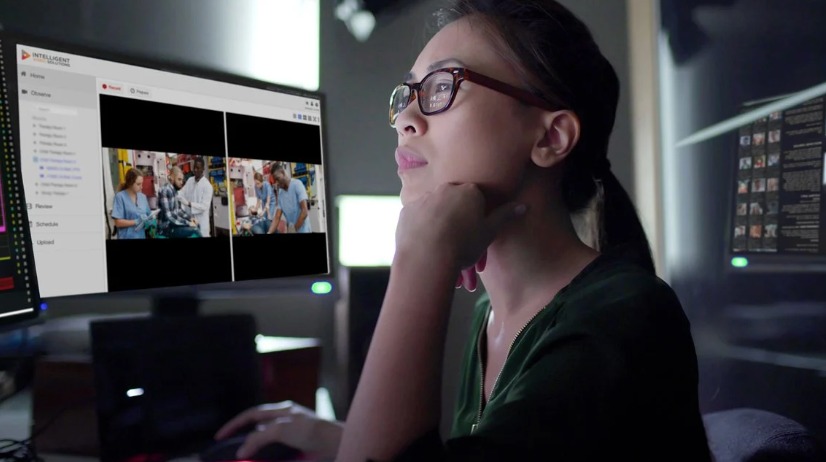
The Value of AV Technology in Healthcare and Higher Education
In today’s digital age, the use of audio and video technology has become increasingly prevalent in both healthcare and higher education settings. The advantages of incorporating these technologies into teaching and learning approaches have proven successful in numerous studies, highlighting a positive impact in demonstrating improved skills acquisition and increased knowledge retention. This article will explore the value of audio and video technology in enhancing learning outcomes.
Harnessing the Power of Visual Learning:
The human brain is wired to process visual information effectively, with over half of the brain dedicated to processing visual information. Leveraging videos as an educational tool can significantly enhance the learning experience, as it captures real-world scenarios that enable students to observe and analyze complex procedures in a comprehensive and engaging manner. This visual approach encourages critical thinking, deeper understanding, and knowledge retention.
Convenience and Accessibility:
One of the key advantages of audio and video technology is its convenience and accessibility. Students and educators have the ability to access recorded content at their own pace, accommodating different learning styles and personalized learning experiences. Students can revisit challenging concepts or review demonstrations repeatedly, reinforcing their understanding and mastery of the subject matter. Educators also have the ability to evaluate student performance more effectively, provide targeted feedback, and identify areas of improvement.
Remote Learning and Collaboration:
AV technology facilitates collaboration and knowledge sharing in both healthcare and higher education settings. The ability to capture simulations through video allows for remote learning and collaboration. Learners can engage in virtual simulations, participate in debriefing sessions remotely, and even collaborate with peers and instructors from different locations. This flexibility not only enhances accessibility but also encourages interdisciplinary collaboration and knowledge exchange among healthcare professionals worldwide.
Conclusion:
Incorporating audio and video technologies into healthcare and higher education settings offers numerous benefits for both educators and students. It is important to carefully consider the features and capabilities that align with the program’s objectives, as the right solution can unlock the full potential of AV technology to maximize learning outcomes and propel educational excellence.